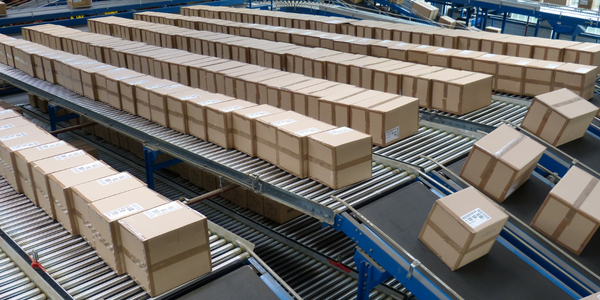Technology Category
- Drones - Multirotor Drones
Applicable Industries
- Electronics
- Packaging
Applicable Functions
- Product Research & Development
Use Cases
- Additive Manufacturing
- Rapid Prototyping
Services
- Drone Operation Services
- Testing & Certification
About The Customer
The 'customer' in this case study is the Maharashtra Institute of Technology (MIT) in Pune, India. Established in 1983, MIT Pune is among the top engineering colleges in India. The institute believes in providing its students with the right resources and environment to tackle and find solutions to the most challenging engineering problems faced by society today. The project was undertaken by a group of undergraduate students from MIT, working under the guidance of Mr. Girish S. Barpande, Associate Professor, MIT Pune, and Mr. Chaitanya Kachare, Associate Professor, Transportation Design from MIT Institute of Design.
The Challenge
The Maharashtra Institute of Technology (MIT) in Pune, India, was faced with the challenge of designing, fabricating, and testing a Quad-rotor Unmanned Aerial Vehicle (UAV) that uses topology optimization to decrease weight and increase strength. The project was undertaken by a group of undergraduate students under the guidance of faculty members. The objective was to leverage the design freedom provided by the unmanned nature of the vehicle to amplify the vehicle's performance. The team aimed to find a simple and fast solution to finding the structural improvements needed to enhance the quad-rotor UAV. The challenge also involved dealing with the complexity of designs generated by topology optimization when no manufacturing constraints are added.
The Solution
The team used solidThinking Inspire in the design process to optimize the UAV design space and create two new lightweight designs that were 3D printed for the UAV. They started with a simple Unibody (Monocoque) airframe structure based on the design calculations and packaging space of electronics, components, and payload. Two design methodologies were used: a multi-phased optimization process and a minimalistic design based on fundamental mechanics of the UAV. The load cases were verified by carrying out real-time tests on an off-the-shelf airframe with similar configurations as that of the prototype. The optimized designs were then refined and prepared for manufacturing by removing sharp contours and stress concentration points using the PolyNURBS tool. The team received support from DesignTech Systems Ltd, Pune, a leading CAD/CAM/CAE/PLM, additive manufacturing technologies and solutions provider, and Stratasys 3D printers.
Operational Impact
Quantitative Benefit

Case Study missing?
Start adding your own!
Register with your work email and create a new case study profile for your business.
Related Case Studies.

Case Study
Remote Temperature Monitoring of Perishable Goods Saves Money
RMONI was facing temperature monitoring challenges in a cold chain business. A cold chain must be established and maintained to ensure goods have been properly refrigerated during every step of the process, making temperature monitoring a critical business function. Manual registration practice can be very costly, labor intensive and prone to mistakes.

Case Study
IoT Data Analytics Case Study - Packaging Films Manufacturer
The company manufactures packaging films on made to order or configure to order basis. Every order has a different set of requirements from the product characteristics perspective and hence requires machine’s settings to be adjusted accordingly. If the film quality does not meet the required standards, the degraded quality impacts customer delivery causes customer dissatisfaction and results in lower margins. The biggest challenge was to identify the real root cause and devise a remedy for that.

Case Study
Zenon the Ideal Basis for An Ergonomic HMI
KHS develops and produces machines and equipment for filling and packaging in the drinks industry. Because drinks manufacturing, filling and packaging consist of a number of highly complex processes, the user-friendly and intuitive operation of equipment is increasingly gaining in significance. In order to design these processes as simple as possible for the user, KHS decided to introduce a uniform, transparent and standardized solution to the company. The HMI interface should meet the requirement for people with different qualifications and enable them to work on a standard platform.

Case Study
Cloud Solution for Energy Management Platform-Schneider Electric
Schneider Electric required a cloud solution for its energy management platform to manage high computational operations, which were essential for catering to client requirements. As the business involves storage and analysis of huge amounts of data, the company also needed a convenient and scalable storage solution to facilitate operations efficiently.





